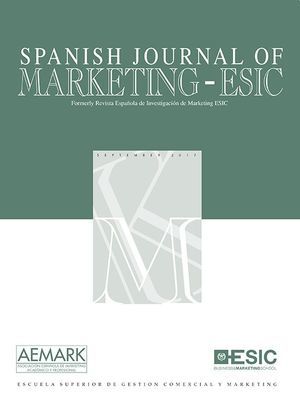El objetivo del presente trabajo de investigación consiste en el desarrollo y estimación de un modelo de adopción de la conducta de consumo de alcohol y cannabis entre los jóvenes. Dicho modelo plantea la importancia fundamental de los valores, así como estima la influencia que éstos ejercen sobre las actitudes, creencias y emociones. Los resultados ponen de manifiesto no sólo el papel antecedente de los valores sino el papel antecedente que establecen las actitudes sobre las creencias, así como las emociones sobre las conductas irresponsables de consumo de sustancias psicoactivas. Finalmente, se sugieren implicaciones prácticas con base en la gestión adecuada de dos valores (responsabilidad y hedonismo), así como de tres creencias (percepción de normalidad, perjuicio sobre la salud y reprobación social).
The objective of this research is to develop and estimate a model of the adoption of alcohol and cannabis related behaviors among young people. This model raises the importance of values, and estimates the influence they exert on attitudes, beliefs and emotions. The results show not only the antecedent role of values, but also the antecedent role of attitudes on beliefs, as well as the emotions regarding the irresponsible behavior of psychoactive substance consumption. Finally, practical implications are suggested based on the proper management of two values (responsibility and hedonism) and three beliefs (perception of normality, damages to health and social disapproval).





